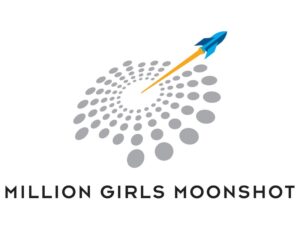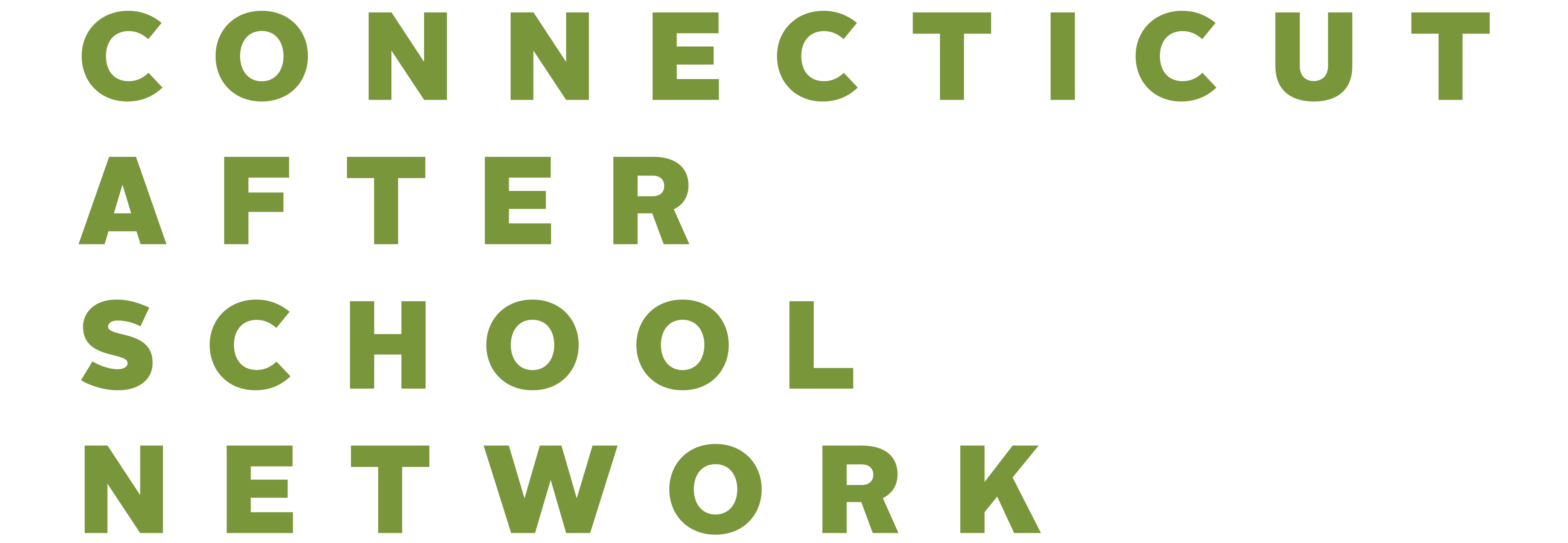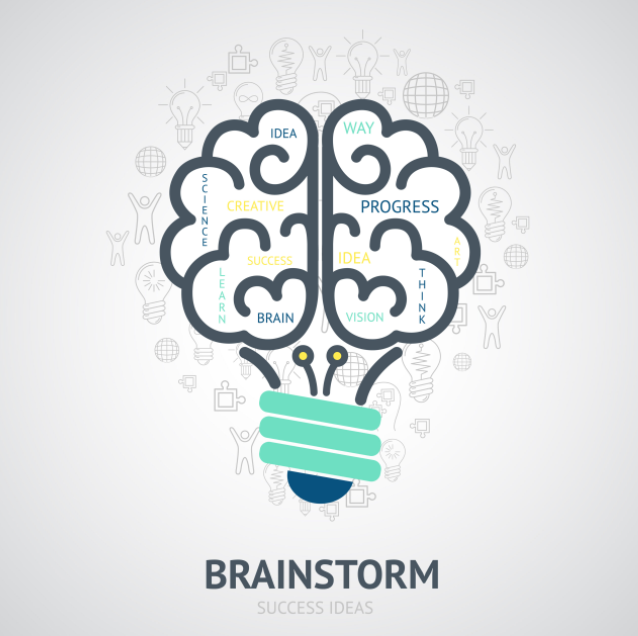Engineering Mindset 5: Children Envision Multiple Solutions

Multiple Solutions – The Next Step
Engineering is a fantastic world of possibilities. It’s a field where knowledge metamorphosizes into the innovative future of possibilities through the hard work of individuals with both knowledge AND creativity. It’s great to understand how something works, but how do you get to the next step? To create something beyond what we know? How big can you imagine?
While sometimes brainstorming leads to a bunch of ideas that don’t work, sometimes you find yourself deciding if your airfryer, toaster oven, microwave or stove is the best way to cook. They are all magnificent solutions to solve the same problem–we’ve got to eat and it’s often better when the food is cooked! Sometimes the idea of multiple mindsets leads to a situation the world encountered when the lightbulb was invented. It’s quite basic–who invented the lightbulb? Thomas Edison, duh. Right? Well, maybe it’s not that quite that simple. See video below.
Remember when you learned about cells? And cells made up every living thing. And then you knew stuff. And then a couple years later you learned well plant cells and animal cells, they’re different, but the same because they’re cells. And then later you learned that well, plant cells and animal cells were kind of VERY different, complete with some of the same but also some VERY different organelles that do, lots of different things? And oh yeah, even cells in the same animal and plants were all kind of different with very specific structure and function…and…well, then there’s viruses and bacteria…” It’s kinda like that; everything invented was built on previous knowledge – history and engineering combined. (If you’re wondering what the heck I’m talking about with the cells, here’s a quick overview)
Nothing you learned was untrue, just maybe not quite as informative as possible. Let’s go back to the lightbulb…It came to pass in several iterations, but none of them tackled the need for a long lasting light bulb. Edison gets the credit, but the idea wasn’t entirely his. And since its invention, it has been improved, modified and transformed. As I type this I am aided by daylight quality LED lamp light, while choosing not to use the less pleasant, but over 10 year old compact fluorescents in my overhead light. I, for one, while grateful that we had Edison’s bulbs, am also glad engineers, including Edison, kept brainstorming and working to find better light bulb solutions. The following video shows the whole evolution of light bulbs and the use of electricity. Want to really understand who invented the lightbulb? Watch THIS video!
Ready to explore brainstorming big and finding multiple solutions? Check out these links below.
For Educators:
- Brainstorming for Engineering Projects using SCAMPER
- How to Create Multiple Solutions
- Practices Brainstorm & Sort
- Teach Engineering: Brainstorming
- Brainstorming from Mindtools
- Student Game: Teaching Kids to Think Outside the Box
- Lesson Activity: Brainstorming Possible Solutions
For Students:
Million Girls Moonshot March Resources
Projects
- Student Activity: Design a Space Capsule – This activity amplifies four engineering mindset habits of practice: evaluate and iterate, persist and learn from failure, work in teams, and identify as engineers as students work through their engineering journal.
- Student Activity: Engineer a Stringed Instrument – This activity amplifies three engineering mindset habits of practice: balancing criteria and constraints, apply science and math, and envisioning multiple solutions as students work their engineering journal.
Webinars
PART I: Incorporating STEM Role models into afterschool: Let’s get started!
Recording and Sci Girls Role Model Video Link
——————————————————————————————————-
PART II: Incorporating STEM role models into afterschool
This webinar is the second in a series of three webinars focused on STEM role models for afterschool -networks and programs presented by the National Girls Collaborative and Techbridge Girls. The presenters will provide concrete strategies to effectively incorporate STEM role models into programs for girls and examples of role models in action. Whether you are inviting a role model to visit your afterschool program, organizing a panel of STEM professionals, connecting with a role model virtually, or viewing a role model video, this webinar will describe key components and provide helpful resources to ensure a positive, impactful experience for the participants and the role models.
——————————————————————————————————-
PART III: Incorporating STEM role models into afterschool
Recording
For more resources or information on MGM please contact rdugas@ctafterschoolnetwork.org

